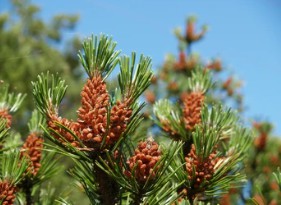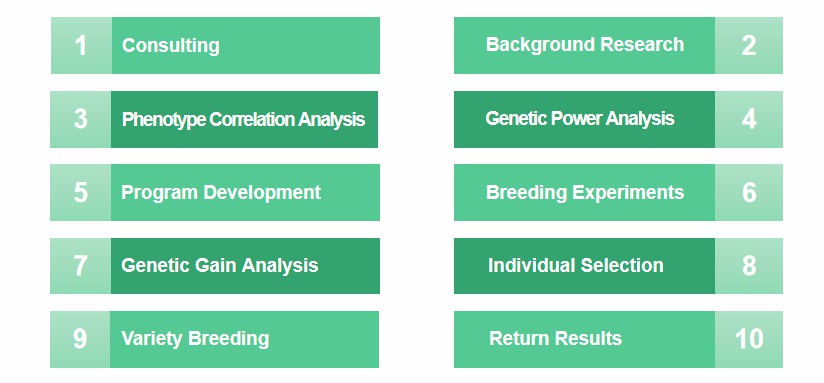
Scots pine (Pinus sylvestris L.) is a tree of the genus Pinaceae, initially distributed in Europe, from Scotland, Spain, Finland, Turkey, Russia, and other countries, and is the second largest tree species in Sweden for timber production. It is drought-resistant, cold-tolerant, and barren, with low temperature, soil fertility and moisture requirements, and can adapt to many types of soil.
Scots pine has a wide range of roles and high economic value. Its wood can be used for construction, sleepers, electric poles, ships, appliances, furniture, and wood fiber industrial materials. The trunk can be cut for resin, rosin, and turpentine, and the bark can be extracted for tannin. It can also be used as an ornamental and greening tree in gardens. The essential oil extracted from the leaves, bark, and seeds has antibacterial, disinfectant, diuretic, and respiratory stimulating effects.
Excessive logging, overgrazing, wildfires, etc., have caused Scots pine to decline, and restoration measures are being taken in some areas. Breeding is an effective way to restore Scots pine. As a recognized plant biotechnology company, Lifeasible can provide you with a fast one-stop Pinus sylvestris L. breeding service.
The genomic information of Scots pine has been extensively studied by a variety of genome-based analysis methods, such as family-based quantitative trait loci (QTL), genome selection (GS), genotyping sequencing (GBS), AFLP markers, and profiling the trait complexity of Scots pine was analyzed, the phenotypic characteristics of Scots pine were analyzed, and the linkage map of Scots pine was constructed. These analytical methods can help to select suitable parents and shorten the breeding time.
To enrich Scots pine resources and genetic diversity, we combine genomic information to provide methods such as molecular marker-assisted breeding.
The long growth cycle of forest trees is one of the most critical limiting factors in forest tree breeding. Improving the selection efficiency and shortening the breeding cycle has always been our concern. Finding effective early selection methods is significant in forest tree breeding, and molecular marker technology provides a powerful tool to solve this problem.
Pine trees have long growth cycles and large genomes, making genetic mapping difficult. However, previous studies have used large gametophytes to construct a genetic map of a single tree, which can be quickly mapped.
Using orthologous markers to study biological evolution and carry out comparative genetic mapping is one of the hotspots in genome research. Markers such as RFLP, SSR, and ESTP indicated that the map of Scots pine species had a very high degree of synteny and a high degree of genetic conservation.
Quantitative trait locus (QTL) mapping is a prerequisite for marker-assisted selection.
Scots pine has a long growth cycle and a long juvenile period. Many essential traits, such as wood properties, are very different between juveniles and adulthood and need to be evaluated more accurately at a certain age, which restricts the process of breeding. Marker-assisted selection (MAS) can be carried out at the seedling stage, which is of great help to Scots pine breeding. Based on QTL, we can select elite clones at the seedling stage for short-term breeding goals, expand them on a large scale, and use them in plantation production. For mid-term goals, we were able to select genotypes that were complementary at multiple loci as parents to form the next generation of breeding populations and improve genetic gain. For long-term goals, we can clone the genes on the QTL, which can be directly used for the genetic transformation of forest trees to realize the directional cultivation of forest trees.

Lifeasible has a detailed knowledge of the genetic diversity, population genetic differences, and relatedness of Scots pine. Our extensive forest breeding experience and advanced technology can guarantee a Pinus sylvestris L. breeding service that meets multiple needs. Please feel free to contact us for questions, inquiries, or cooperation.
References
Lifeasible has established a one-stop service platform for plants. In addition to obtaining customized solutions for plant genetic engineering, customers can also conduct follow-up analysis and research on plants through our analysis platform. The analytical services we provide include but are not limited to the following:
Get Latest Lifeasible News and Updates Directly to Your Inbox
Mechanisms Regulating Plant Chloroplast Biogenesis
April 15, 2025